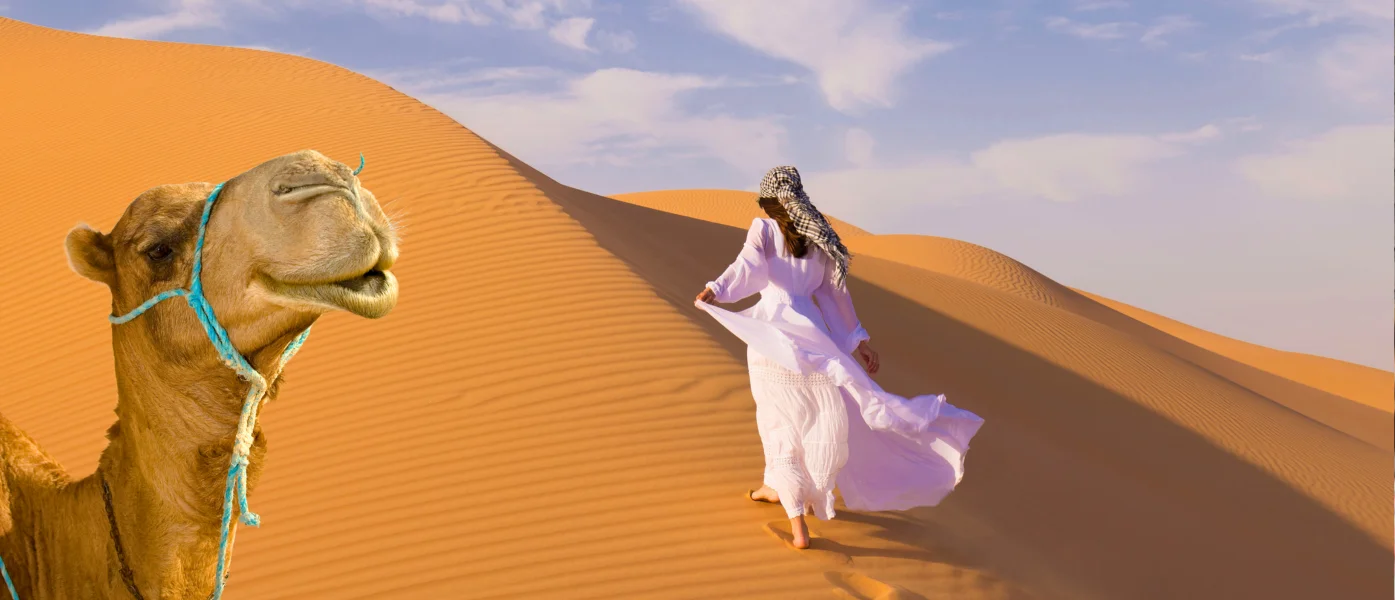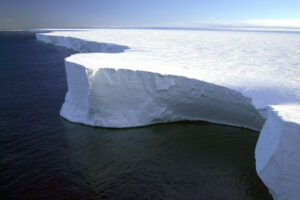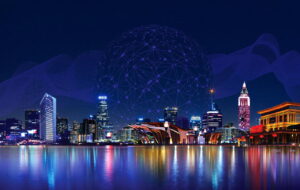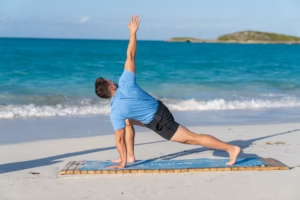Imagine standing atop a towering sand dune as the sun dips below the horizon, painting the sky in hues of orange and pink while the vast expanse of golden waves stretches endlessly before you. That’s the magic of the Sahara Desert in Morocco—a place where time seems to stand still, and every moment feels like a scene from an epic tale. For many travelers, including myself on my first solo backpacking trip years ago, visiting this iconic landscape becomes the highlight of any Moroccan journey, blending adventure, culture, and raw natural beauty into one soul-stirring experience.
Why the Sahara Desert Should Top Your Morocco Bucket List
The Sahara isn’t just sand; it’s a living, breathing ecosystem teeming with surprises, from hidden oases to nomadic Berber communities who’ve called it home for centuries. On my inaugural visit, I was struck by how the desert’s silence amplified every sound—the soft crunch of camel footsteps, the whisper of wind-sculpted dunes—creating a profound sense of peace amid the chaos of modern life. Whether you’re seeking spiritual reflection or adrenaline-fueled thrills, this UNESCO-recognized wonder offers something deeply personal, making it a must for anyone craving authentic travel beyond crowded tourist spots.
The Allure of Morocco’s Desert Landscapes
Morocco’s slice of the Sahara, particularly the Erg Chebbi and Erg Chigaga dunes, boasts some of the world’s most dramatic scenery, with dunes rising up to 150 meters high like frozen ocean waves. I recall climbing one at dawn, my legs burning from the effort, only to be rewarded with a panoramic view that made me feel infinitesimally small yet utterly alive. These areas aren’t barren voids but vibrant tapestries of color and life, shifting with the light and seasons for an ever-changing canvas.
Cultural Immersion with Berber Nomads
Interacting with Berber families during desert stays adds a layer of warmth and authenticity that’s hard to find elsewhere. Sharing mint tea around a campfire while listening to stories of ancient caravan routes reminded me of my grandmother’s tales from her own travels—simple moments that forge lasting connections. It’s not just sightseeing; it’s stepping into a timeless way of life, where hospitality reigns supreme and every gesture feels genuine.
Best Time to Visit the Sahara Desert
Timing your trip right can make or break the experience, as the desert’s extremes range from scorching days to chilly nights. From my adventures, I’ve learned that October through April offers the sweet spot, with mild daytime temps around 20-30°C (68-86°F) and cooler evenings perfect for stargazing without freezing. Avoid summer unless you thrive in 45°C (113°F) heat; I once braved June and ended up more focused on hydration than enjoyment, a rookie mistake I won’t repeat.
Seasonal Weather Considerations
Spring (March-May) and fall (September-November) deliver comfortable conditions for activities like camel treks, though sandstorms can occasionally stir up drama—think of it as nature’s free exfoliation. Winters bring crisp air and fewer crowds, ideal for introspective hikes, but pack layers for sub-zero nights. Summers? Only for the hardy, as the relentless sun turns exploration into endurance.
Peak vs. Off-Peak Travel
High season in fall and spring means busier camps but vibrant energy; I loved mingling with fellow wanderers around shared bonfires. Off-peak winter visits offer solitude and lower prices, letting you claim a dune all to yourself—like the time I watched a meteor shower alone, feeling like the universe’s sole spectator.
How to Get to the Sahara Desert from Major Cities
Reaching the Sahara involves a scenic but lengthy journey, typically starting from Marrakech or Fes, the gateways to this remote paradise. Driving through twisting mountain passes and palm-fringed valleys builds anticipation, much like the slow build-up in a favorite novel. Public transport exists, but for ease, tours or rentals are key—trust me, navigating alone once left me lost in a date grove, turning a detour into an unexpected picnic.
From Marrakech: The Classic Route
The 560km drive to Merzouga takes about 9-12 hours, crossing the High Atlas Mountains via the Tizi n’Tichka Pass—a hairpin heaven with stunning vistas. I stopped at Ait Ben Haddou, a UNESCO kasbah that felt like stepping onto a Game of Thrones set, breaking the trip into manageable, memorable chunks.
From Fes: A Northern Approach
Clocking in at 470km, this route winds through cedar forests and Middle Atlas plateaus, offering a greener prelude to the arid dunes. My Fes start included a pause in Ifrane, Morocco’s “Switzerland,” where snowy peaks contrasted the impending desert heat, highlighting the country’s diverse terrains.
Transportation Options Compared
| Option | Duration | Cost (USD) | Pros | Cons |
|---|---|---|---|---|
| Organized Tour | 3-4 days | 100-700 | Guided, hassle-free, includes activities | Less flexibility |
| Rental Car | 9-12 hours one-way | 50-100/day + fuel | Independent stops, scenic control | Driving fatigue, navigation challenges |
| Public Bus (CTM/Supratours) | 10-12 hours | 20-40 | Budget-friendly, authentic local vibe | Crowded, infrequent schedules |
Choosing the Right Sahara Desert Tour
With options ranging from budget group jaunts to luxurious private escapes, picking a tour boils down to your style—do you crave camaraderie or solitude? I opted for a mid-range small-group tour on my second visit, balancing cost with comfort, and it allowed spontaneous detours that a solo drive couldn’t match. Read reviews meticulously; a great guide can transform good into legendary.
Budget vs. Luxury Tours: Pros and Cons
Budget tours (under $150) offer basic camps and shared rides but skim on frills—pros: affordable, social; cons: crowded, minimal amenities. Luxury versions ($500+) feature glamping tents with en-suites and gourmet meals—pros: comfort, exclusivity; cons: pricey, less raw adventure. I found mid-tier strikes the best balance for value.
- Pros of Budget Tours: Low cost, meet diverse travelers, authentic roughing-it feel.
- Cons: Potential for discomfort, larger groups, basic food.
- Pros of Luxury Tours: Plush accommodations, personalized service, unique add-ons like hot air balloons.
- Cons: Higher expense, might feel detached from desert grit.
Top-Rated Tour Operators
Reputable outfits like GetYourGuide or Viator curate vetted experiences; I booked through one for seamless logistics. Local operators in Merzouga provide intimate insights—ask for English-speaking guides. Always check inclusions: camel rides, meals, and insurance are musts.
Must-Do Activities in the Sahara
The desert’s playground beckons with thrills that awaken your inner explorer, from scaling dunes to cultural dips. My highlight? A quad bike ride at dusk, wind whipping sand as laughter echoed—pure joy amid the vastness. Mix adventure with relaxation for a well-rounded escape.
Camel Trekking and Overnight Camping
Riding a camel into the sunset feels iconic, swaying gently as the landscape unfolds. Camps offer Berber music under stars; I woke to a sunrise that painted the sands anew, sipping coffee with newfound friends. Choose luxury tents for comfort or basic for authenticity.
Sandboarding and Quad Biking Adventures
Glide down dunes on a board for an adrenaline rush—easier than it looks, though falls are comically soft. Quad bikes let you zip across terrain; my group raced playfully, stopping for photos that captured the fun. Safety gear is essential; go with guided sessions.
Stargazing and Desert Safaris
The Sahara’s night sky is a cosmic spectacle, free from light pollution—lie back and spot constellations. Safaris in 4x4s reveal hidden spots; I encountered wild foxes once, adding wildlife wonder to the mix.
Where to Stay: Desert Camps and Accommodations
Options span from nomadic bivouacs to opulent riads on the fringes, each promising desert immersion. My favorite was a mid-range camp where Berber rugs and lanterns created cozy vibes—far enough from towns for true isolation, yet equipped with essentials.
Traditional Berber Camps
These tented setups evoke ancient nomad life, with shared dinners and drum circles. Pros: Cultural depth, affordable; cons: Basic facilities. I cherished the communal spirit, swapping stories till dawn.
Luxury Glamping Options
Think king beds, private baths, and pools amid dunes—pure indulgence. Pros: Comfort, romance; cons: Costlier. Perfect for couples; my splurge here felt like a desert palace.
Fringe Towns: Merzouga and Zagora
Merzouga edges Erg Chebbi for dramatic dunes; stay in riads like those at Kasbah Mohayut. Zagora suits shorter trips to Erg Chigaga—quieter, but smaller sands. Both offer easy access to tours.
What to Pack for Your Sahara Adventure
Essentials turn potential discomfort into delight—light layers combat day-night swings, and sunscreen is non-negotiable. I forgot lip balm once; chapped misery ensued. Pack smart for mobility.
- Lightweight scarf for sun/dust protection.
- Closed-toe shoes for sand hikes.
- Reusable water bottle—hydration is key.
- Power bank; electricity can be spotty.
- Medications for allergies or motion sickness.
Safety Tips and Cultural Etiquette
The desert demands respect—stay hydrated, follow guides, and dress modestly to honor locals. I learned Berber phrases like “shukran” (thank you), easing interactions. Women travelers: Group tours add security; my solo jaunts were safe with precautions.
Health and Hydration Advice
Drink plenty; heat exhaustion sneaks up. Carry electrolytes. For altitude or sand sensitivity, consult a doctor pre-trip.
Respecting Local Customs
Greet with a smile, ask before photos. Tipping guides (50-100 MAD) shows appreciation. Avoid public affection; it’s conservative turf.
Comparing Erg Chebbi vs. Erg Chigaga
Erg Chebbi near Merzouga wows with taller dunes (up to 150m) and easier access—ideal for first-timers like my initial visit. Erg Chigaga, remoter near Zagora, offers wilder isolation but requires longer drives. Choose based on time and vibe.
| Feature | Erg Chebbi | Erg Chigaga |
|---|---|---|
| Dune Height | Up to 150m | Up to 300m |
| Accessibility | High (from Merzouga) | Lower (4×4 needed) |
| Crowds | Moderate | Low |
| Activities | Camel treks, sandboarding | Safaris, hiking |
| Best For | Dramatic sunsets, tours | Untouched solitude |
People Also Ask: Common Questions About Visiting the Sahara
Can you visit the Sahara Desert in Morocco?
Yes, absolutely—it’s accessible via tours from cities like Marrakech or Fes, with Merzouga as a prime entry point for Erg Chebbi dunes.
What is the best time to visit the Sahara Desert in Morocco?
October to April avoids extreme heat, offering mild days and cool nights perfect for exploration and camping.
How much does a Sahara Desert tour cost?
Prices range from $70 for basic group tours to $700 for luxury private experiences, including transport, meals, and activities.
Is it safe to visit the Sahara Desert?
Generally yes, with reputable tours; stay with groups, heed weather warnings, and respect local customs for a worry-free trip.
What should I wear in the Sahara Desert?
Layered clothing: breathable fabrics for days, warm jackets for nights. Scarves protect against sun and sand; sturdy shoes for treks.
Exploring Beyond the Dunes: Nearby Attractions
Venture to Ait Ben Haddou for ancient kasbahs or Ouarzazate’s film studios—Hollywood’s desert darling. My side trip to Todra Gorge involved a refreshing hike through towering canyons, a cool contrast to the heat.
Ait Ben Haddou: A UNESCO Gem
This mud-brick fortress, featured in films like Gladiator, offers history hikes and panoramic views—climb for sunset magic.
Todra and Dades Gorges
Narrow canyons with rivers and cliffs; I picnicked by waterfalls, feeling the earth’s raw power.
Sustainable Travel in the Sahara
Tread lightly—choose eco-friendly tours that support locals and minimize waste. My group planted trees in an oasis, a small act with big impact. Avoid plastic; respect wildlife.
FAQ: Your Sahara Questions Answered
What is the Sahara Desert in Morocco like?
It’s a mesmerizing blend of towering dunes, oases, and Berber culture, offering adventure and serenity in equal measure.
Where can I book the best Sahara Desert tours?
Platforms like GetYourGuide or local operators in Merzouga; read reviews for quality. For luxury, check Viator.
What are the top tools or gear for a Sahara trip?
Sunglasses, hat, and a good camera—capture those sunrises. Apps like Maps.me for offline navigation.
How do I prepare for camel trekking?
Wear comfortable clothes, bring water, and apply sunscreen. Start with short rides if new to it.
Is the Sahara suitable for families?
Yes, with kid-friendly tours; shorter camel rides and family camps make it accessible and fun.
Visiting the Sahara reshaped my worldview, teaching resilience and wonder in equal parts. Whether chasing sunsets or sharing laughs with strangers, it’s a journey that lingers long after the sand shakes from your shoes. Plan yours today—Morocco’s desert awaits. (Word count: 2,748)







